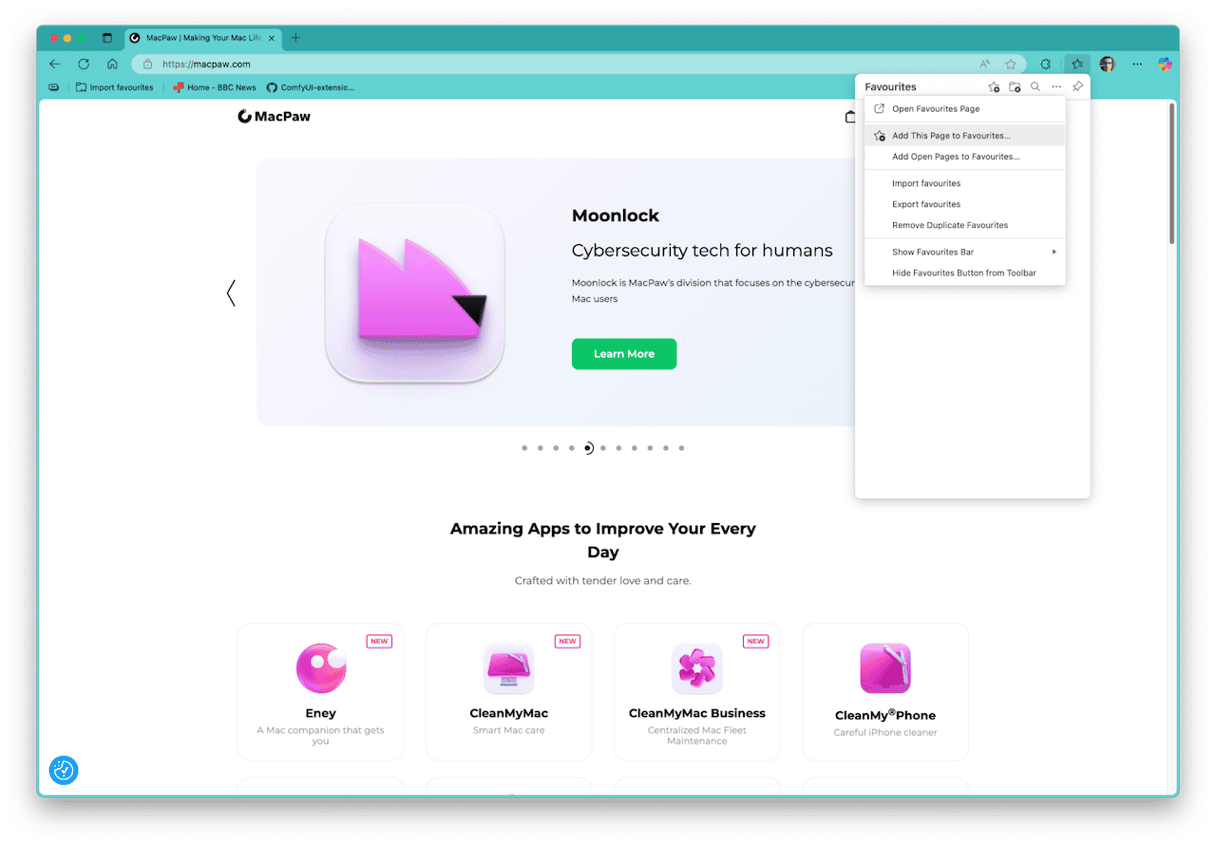When it comes to choosing a web browser for your Mac, there is no shortage of options. While many of us stick with Apple’s own browser, Safari, lots of Mac users go for Chrome or Firefox instead. However, the choices don’t stop with those three. There are several more options, including Brave, Opera, and Microsoft Edge. So it’s unsurprising that many of us have several browsers installed and only use one or two of them. If that’s the case for you, it’s a good idea to uninstall the ones you don’t use. In this article, we’ll show you how to uninstall MS Edge for Mac — one of the popular browsers Mac users go for.
What is Microsoft Edge?
Back in 1998, when Apple was still struggling and the Mac was nowhere near as popular as it is now, the company’s CEO Steve Jobs struck a deal with Microsoft’s boss Bill Gates that saw the Redmond company invest in Apple and, crucially, create a Mac version of Internet Explorer, the world’s most widely used web browser.
Internet Explorer is long gone, and Apple has long had its own web browser, Safari, but Internet Explorer’s replacement, Edge, is still popular among Mac users. Edge is now built on Chromium, the same engine that powers Google’s Chrome and is a very fast, widely compatible, and secure web browser. It also allows you to use Microsoft’s Copilot AI on your Mac if you want to.
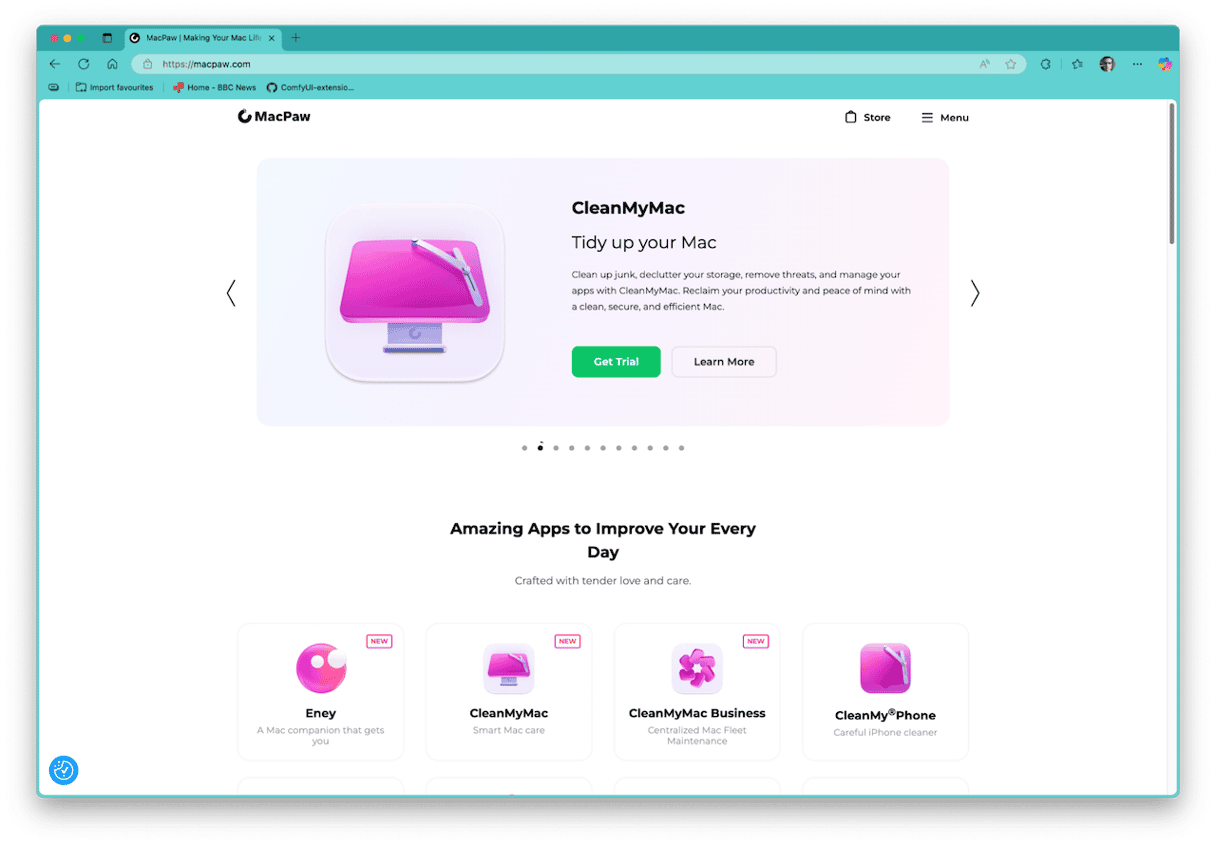
Why uninstall Microsoft Edge?
The main reason for uninstalling Edge on your Mac is that you don’t use it anymore. In addition to taking up precious space on your startup disk, unused web browsers have a lot of associated files that may conflict with other apps on your Mac, or create privacy or security problems. Also, if you don’t use an app, you are less likely to keep it updated, and old versions of web browsers are not protected from the latest security threats, meaning they could leave your browser vulnerable to malware. If you do still use it reasonably regularly, then clearly you shouldn’t uninstall it, but you should update it every time an update becomes available.
How to uninstall Microsoft Edge on Mac
Before we talk about how to uninstall Edge, let’s be clear about what we mean by ‘uninstall’. When you install an app and then start using it, it creates lots of files and stores them in folders deep in your Mac’s System Library or your user Library folder. These can be for settings within the app, to save data you frequently use, or to hold files that would otherwise have to be downloaded every time you use the app.
Uninstalling an app means removing all of those files and putting them in the Trash. There are a few different ways to do that. You can manually check each folder and drag app-related files to the Trash. You can use Terminal to do it. Or you can use a specialist uninstaller, which is by far the quickest and easiest method. We’ll show you all three methods.
Easy and complete app removal [using a Mac cleaner app]
The easy way to uninstall Edge is to use a dedicated uninstaller. There are a few available, but we recommend CleanMyMac. Its Applications feature allows you to uninstall any non-system app with just a couple of clicks. You can uninstall multiple apps simultaneously and clean up files left over by apps that were not uninstalled correctly.
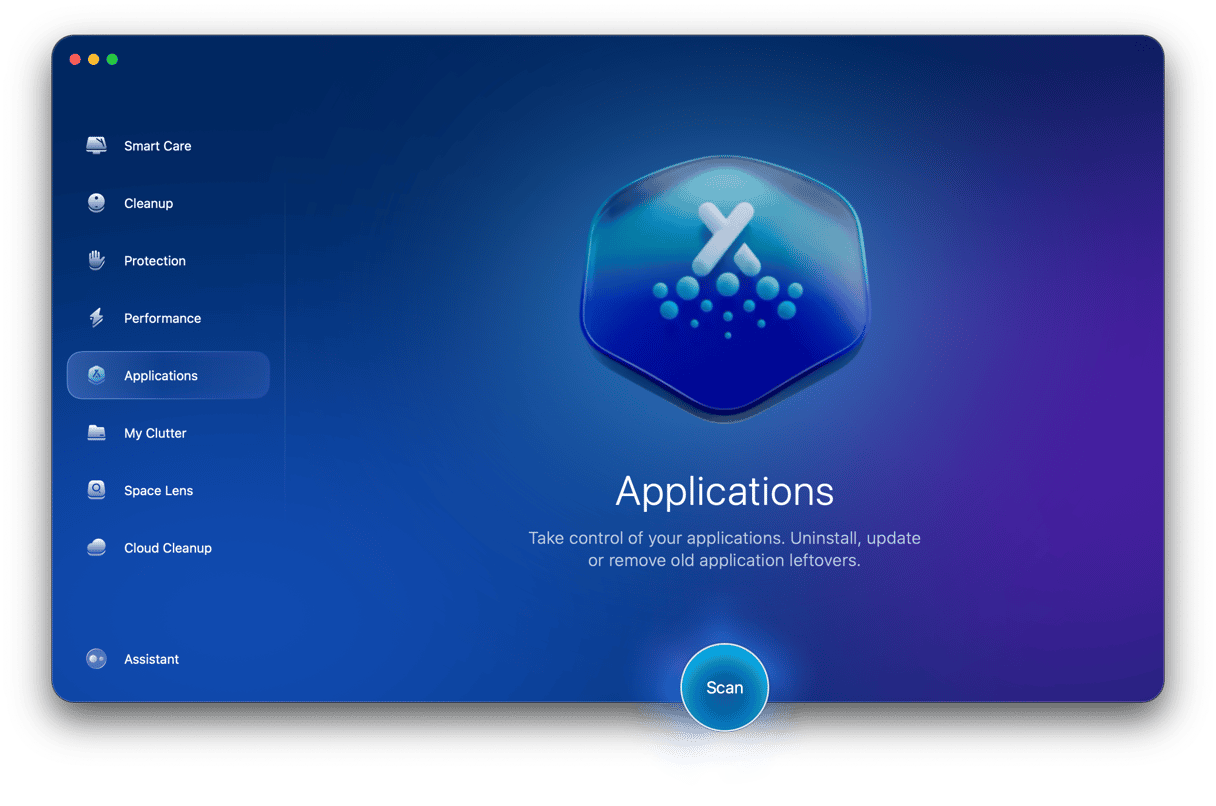
The Applications feature also checks for updates for your applications and allows you to install them all at the same time. And it shows you which applications you haven’t used in a while, so you can decide whether you still want them or whether you want to uninstall them.
Here’s how to quickly uninstall Edge from Mac:
- Get started with a free CleanMyMac trial — check out how its tools work for 7 days at zero cost.
- Open CleanMyMac and choose Applications in the sidebar.
- Click Scan.
- Choose Manage My Applications.
- Locate Microsoft Edge in the list of applications and select it.
- Click Uninstall.
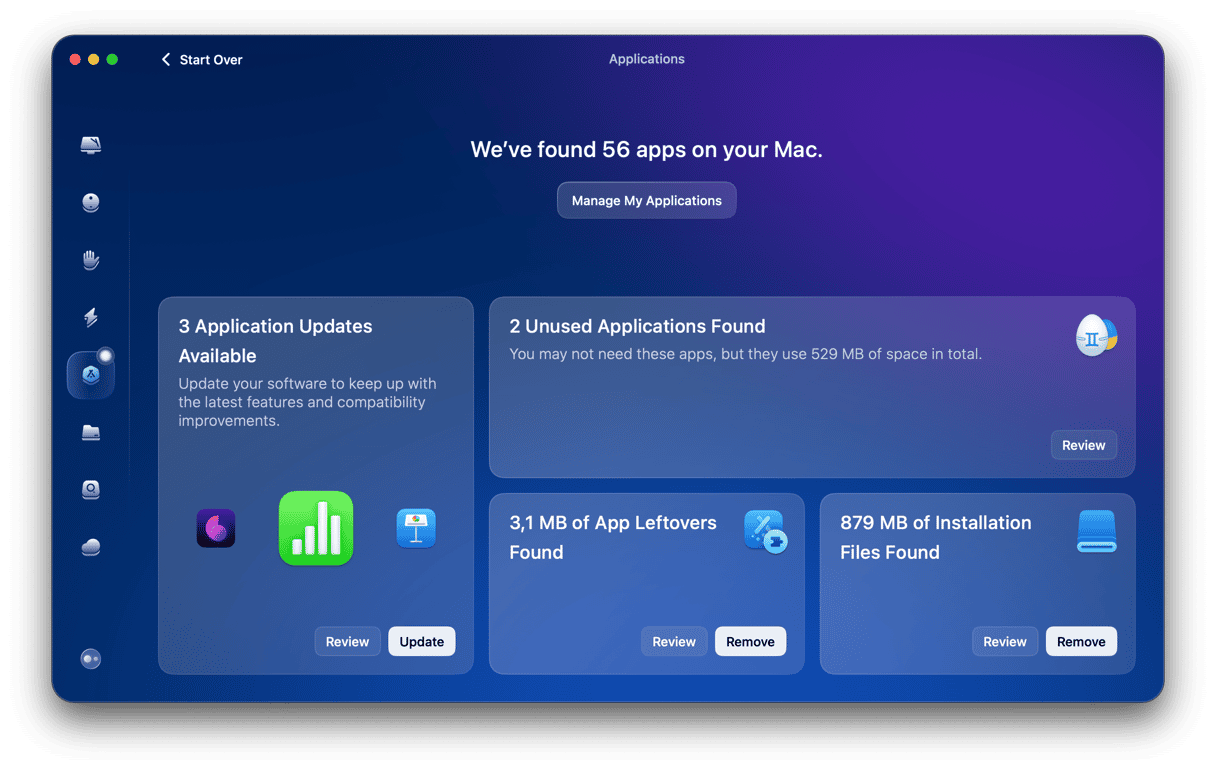
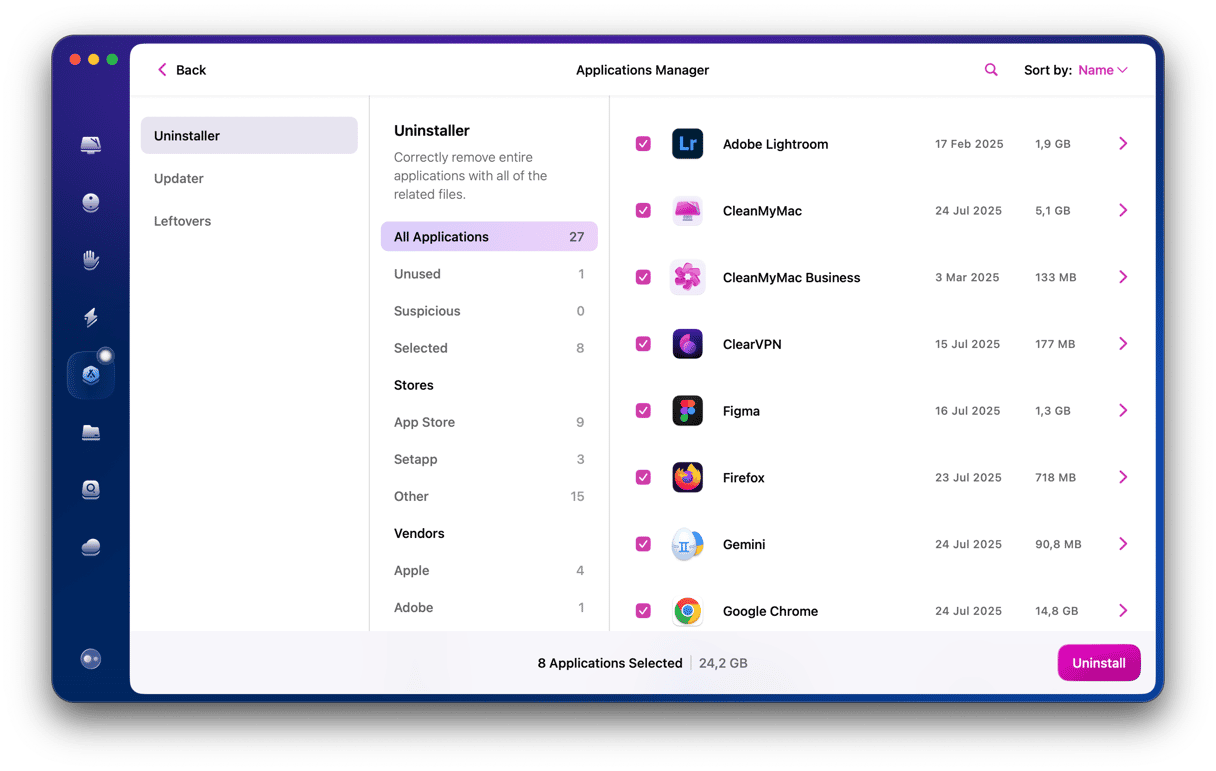
Manual MS Edge removal
If third-party cleaners are not for you, follow the steps below one by one:
- Quit Edge if it’s running.
- Send the Edge application binary from your Applications folder to the Trash.
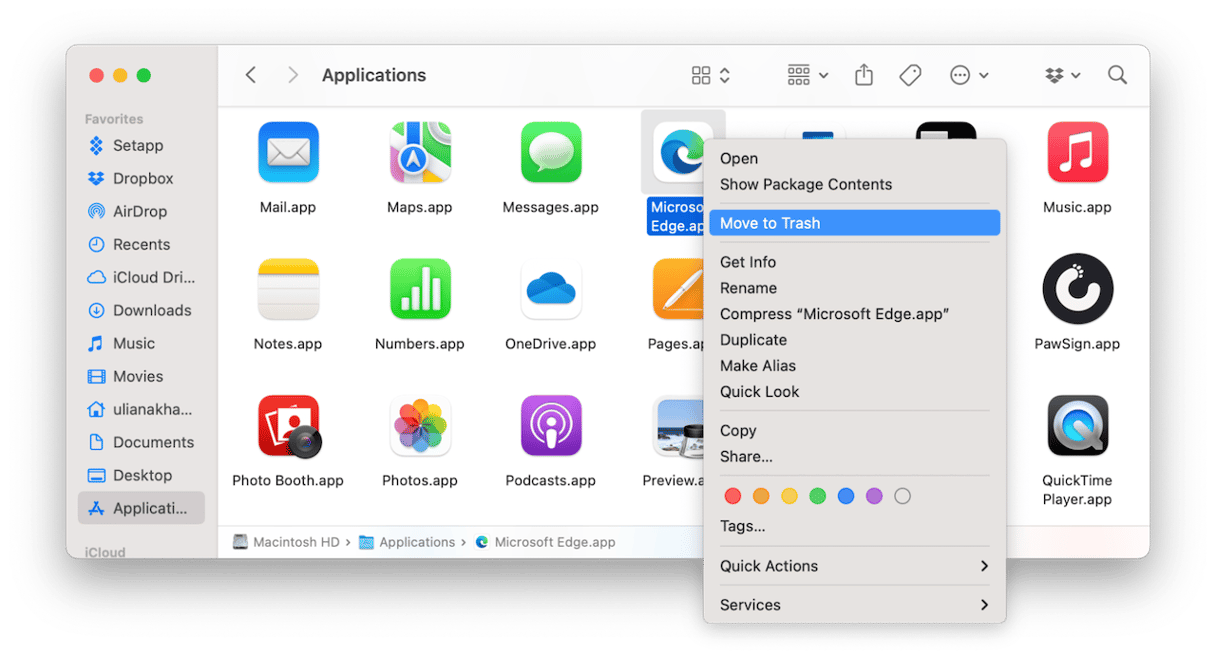
- Click the Finder in the Dock and navigate to Go > Go to Folder.
- Type or paste each of the locations below in the text box, one at a time, and at each location, look for files or folders with ‘Edge’ in their name (note: these file names are usually quite long and ‘edge’ is often part of a longer word in the file name like ‘edgemac’, so you might need to use the search box in the Finder window to find them. When you find them, drag them to the Trash.
~/Library/Application Support/
~/Library/Application Scripts/
~/Library/HTTPStorages/
~/Library/Saved Application State/
~/Library/Caches/
~/Library/Containers/
~/Library/Preferences/
~/Library/LaunchAgents/
~/Library/WebKit/
~/Library/Microsoft
/Library/Microsoft
/private/var/db/receipts/
/Library/Logs/Microsoft/ - Empty the Trash.
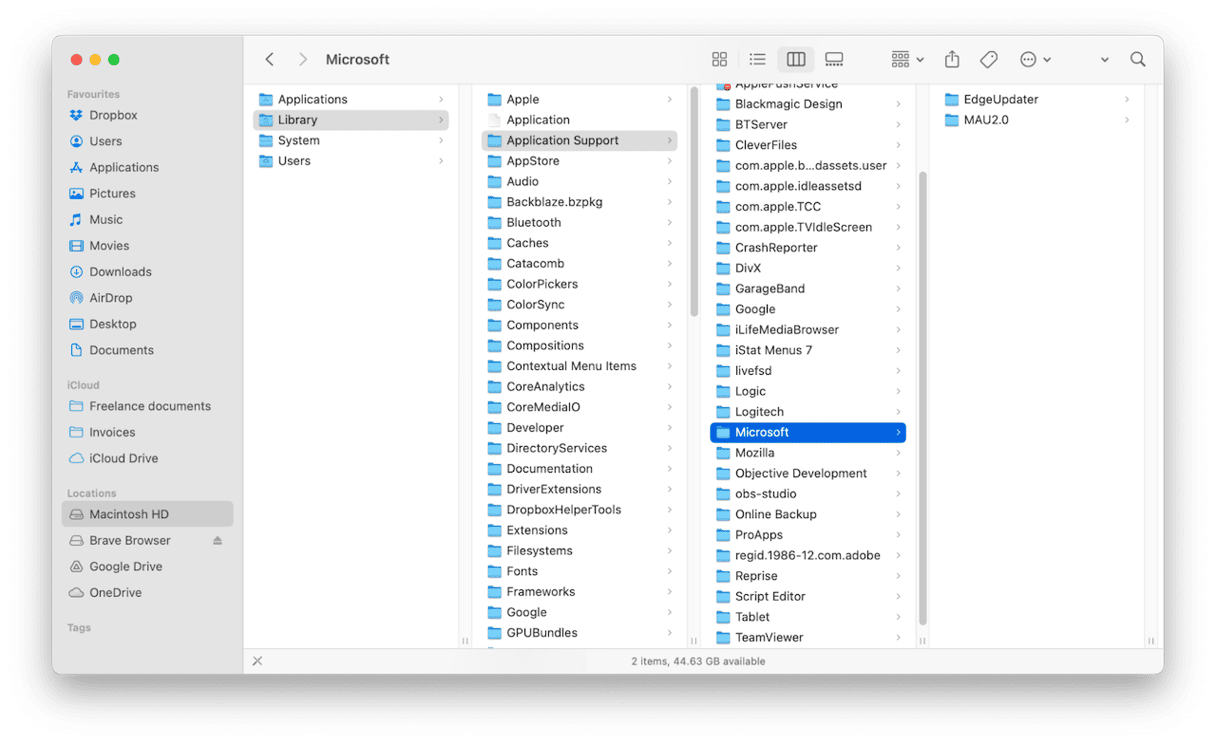
Terminal
- Quit Edge if it’s running.
- Go to Applications > Utilities and open Terminal.
- Type or paste this command followed by Return:
sudo rm -rf /Applications/Microsoft Edge.app - Enter your password also followed by Return.
- Now, type or paste each of the commands below, pressing Return after each line.
sudo rm -rf ~/Library/Application Support/Microsoft Edge
sudo rm -rf ~/Library/Application Scripts/com.microsoft.edgemac.wdgExtension
sudo rm -rf ~/Library/HTTPStorages/com.microsoft.edgemac.binarycookies
sudo rm -rf ~/Library/HTTPStorages/com.microsoft.edgemac
sudo rm -rf ~/Library/HTTPStorages/com.microsoft.EdgeUpdater
sudo rm -rf ~/Library/Application Support/Microsoft/EdgeUpdater
sudo rm -rf ~/Library/Saved Application State/com.microsoft.edgemac.savedState
sudo rm -rf ~/Library/Caches/Microsoft Edge
sudo rm -rf ~/Library/Caches/com.microsoft.EdgeUpdater
sudo rm -rf ~/Library/Caches/com.apple.nsurlsessiond/Downloads/com.microsoft.edgemac
sudo rm -rf ~/Library/Containers/com.microsoft.edgemac.wdgExtension
sudo rm -rf ~/Library/Preferences/Preferences/com.microsoft.edgemac.plist
sudo rm -rf ~/Library/LaunchAgents/com.microsoft.EdgeUpdater.update-internal.101.0.1210.0.plist
sudo rm -rf ~/Library/LaunchAgents/com.microsoft.EdgeUpdater.wake.101.0.1210.0.plist
sudo rm -rf ~/Library/LaunchAgents/com.microsoft.EdgeUpdater.update.plist
sudo rm -rf ~/Library/LaunchAgents/com.microsoft.EdgeUpdater.wake.plist
sudo rm -rf ~/Library/WebKit/com.microsoft.edgemac
sudo rm -rf ~/Library/Microsoft/EdgeUpdater
sudo rm -rf /private/var/db/receipts/com.microsoft.edgemac.plist
sudo rm -rf /private/var/db/receipts/com.microsoft.edgemac.bom
sudo rm -rf /Library/Logs/Microsoft/Microsoft/edgeinstall.log
6. Once you have run all those commands, Microsoft Edge will have been uninstalled from your Mac.
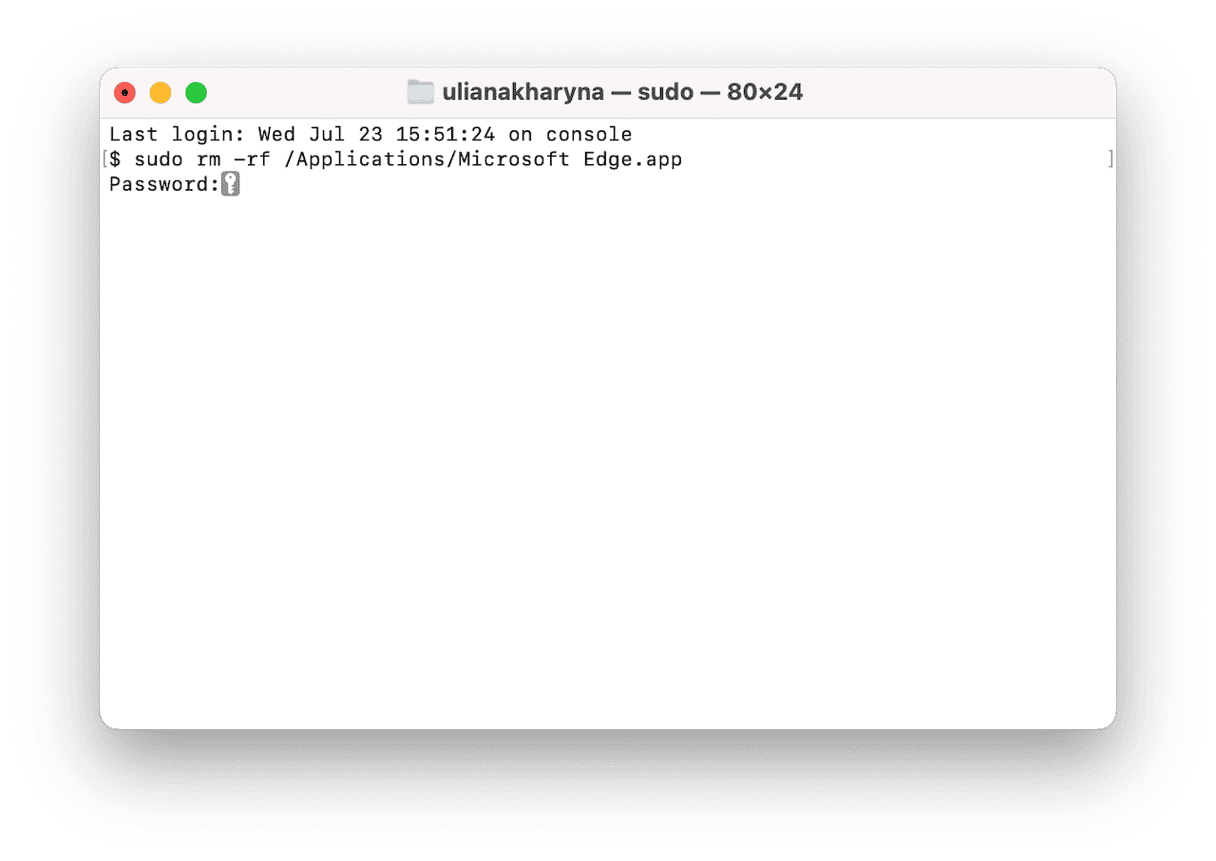
Bonus tip: How to remove Edge leftovers
There is actually a very easy way to remove files left over after an app has been uninstalled, which may also fix the problem. You can use CleanMyMac’s Applications Manager. Here’s how to do that:
- Open CleanMyMac
- Choose Applications in the sidebar.
- Click Scan.
- Look for the panel that shows how many leftovers it has found.
- Click Remove.
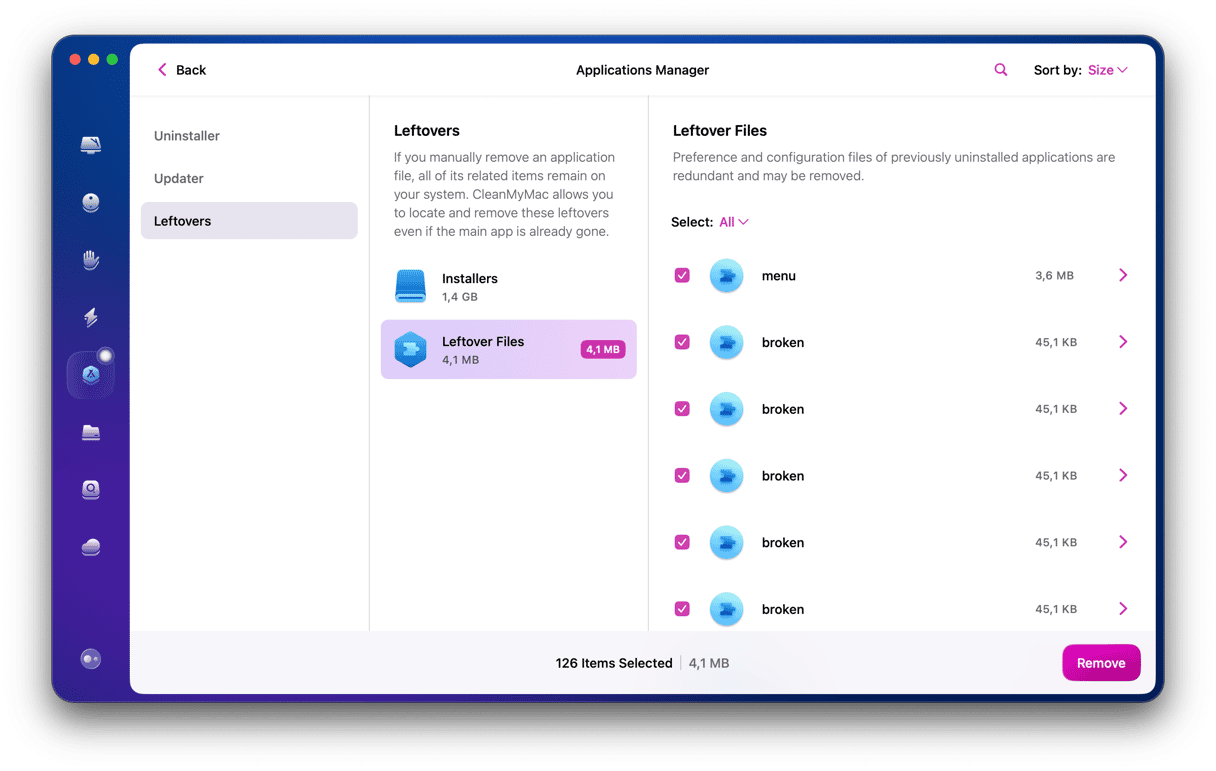
How to change the default web browser on your Mac
If the reason that you want to uninstall Microsoft Edge on your Mac is that it opens every time you click on a link in an email, document, or iMessage, there is an alternative. The reason that those links open in Edge is that at some point, you’ve set Edge as your default web browser. It’s easy to do by mistake. Most web browsers prompt you to make them the default, and you may have clicked a button to agree to that without realizing.
You can change the default back to Safari or any other browser and keep Edge on your Mac if you want to. Here’s how:
- Click on the Apple menu and choose System Settings.
- Select Desktop & Dock.
- Look for the Default Web Browser option (it’s just below the Widgets section)
- Click the menu and choose the browser you want to use as the default.
- Quit System Settings.
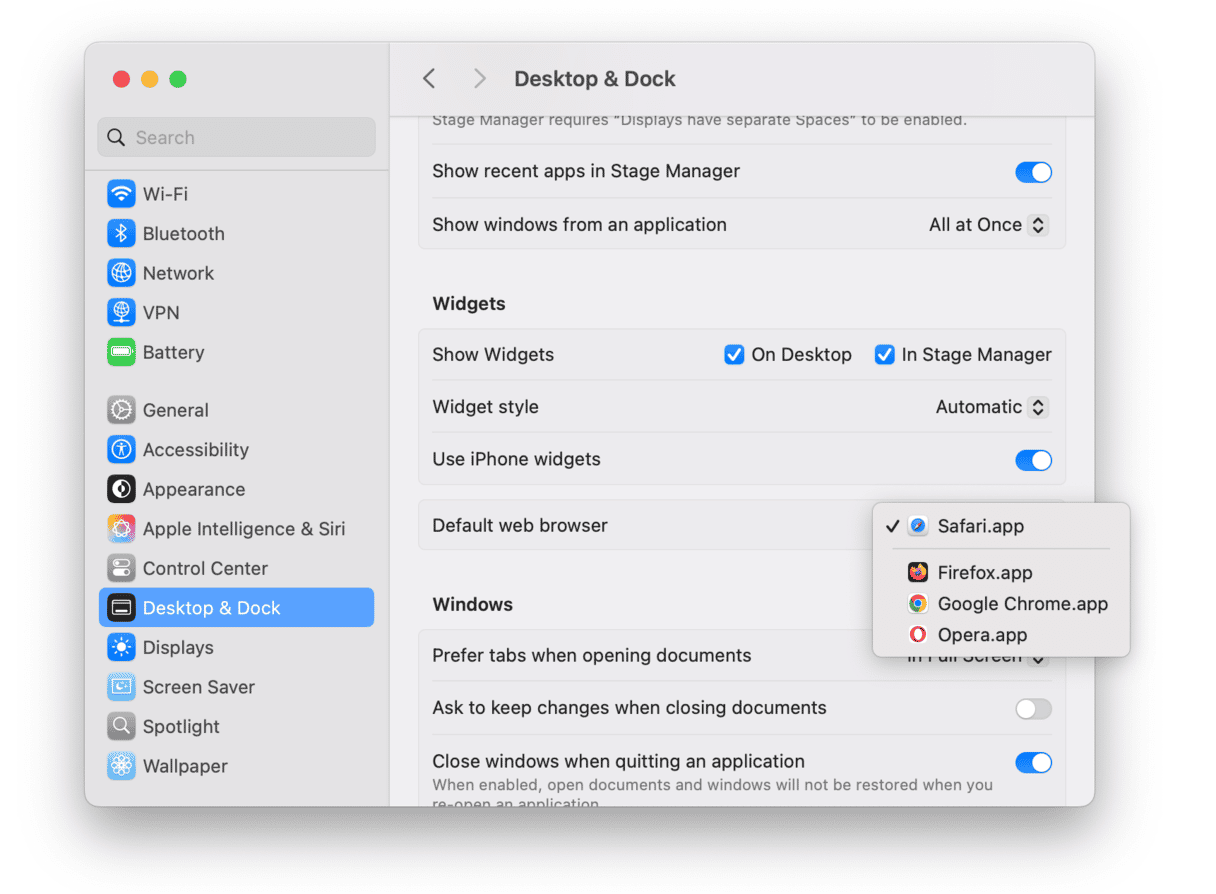
Microsoft Edge is a web browser based on Google’s open-source Chromium engine. It’s fast and has lots of features, including great privacy tools. It also uses Microsoft’s Copilot AI. However, if you have installed it on your Mac and no longer use it, you should uninstall it to free up space, avoid possible conflicts with other files in the future, and prevent it from becoming vulnerable to malware because it hasn’t been updated. Choose the method above that works for you and follow the steps to uninstall Microsoft Edge on your Mac.



